Containers: The New American Garden
 Greek philosopher Theophrastus, Aristotle’s successor and the father of botany, said, “Our costliest expenditure is time.”
Greek philosopher Theophrastus, Aristotle’s successor and the father of botany, said, “Our costliest expenditure is time.”
If that is true, how does the cost of time impact the sale of plant products? The competition for our time and attention over the past 10 years has increased dramatically.
We once had three, maybe four, network TV stations. Now we have access to hundreds of cable networks. We have laptop computers, iPhones, iPads, iPods, electronic notebooks and eReaders — not to mention Facebook, LinkedIn, Twitter, Pinterest, Instagram and Skype — to attract our attention, capture our imagination and devour hours of our time.
Our daily schedules now have to be synchronized with our children’s schedules, and the family evening dinner may take place at Applebee’s or California Pizza Kitchen or delivered to the front door.
The changing face of the American family also impacts the time we have available to tend to gardens. According to the U.S. Census, 42 percent of American families are dual-income families. The Census also reports that single parents with children made up 19.2 percent of households in 1980. In 2008 that percentage jumped to 29.5. Both dual-income and single-parent households with children can be challenged to find time for traditional gardening.
So, what is the horticulture industry’s goal today? Is it to encourage more people, young and old, to spend more time and money on gardening? Should we be spending more time selling plants and less time selling gardening? Or should we be spending more time selling plant products like container gardens and less time selling plants?
Moving The Garden To The Deck
When people who live in single family homes hear the word gardening, they hear the word work. When people who live in multifamily developments (apartments and condos) hear the word gardening, they think it doesn’t apply to them.
Much attention has been paid over the past six years to how to communicate with and attract Generations X or Y to the garden centers to become our customers. To some extent, the same is true about the retiring baby boom generation who may no longer have the energy or space to garden.
When we take a closer look at these and other segments of the horticulture market, a few challenges — and many opportunities — begin to emerge. One of the biggest challenges the horticulture industry faces now and going forward is to “Think outside the garden.” The in-ground garden, that is.
My research and observations have lead me to believe that what drives a large portion of our plant sales and has the potential to drive even more will hinge on our ability as an industry to understand the STP of gardening: space, time and proximity.
Space: We have less and less space to garden with. Utilizing more space for gardening means more work. We want to contain and control our gardening space.
Time: Although experts say we have more leisure time now than in years past, there is much more competition for this time and attention.
Proximity: We want our plants close to us. We want them in or near our living environments. We want to enjoy their beauty and reap their harvest with ease.
[blackoutgallery id=”121523″]
My conclusion, which is not new to the growers and retailers who serve the plant consumer, is that the new American garden is the patio, deck, balcony and front porch. The industry is currently serving this market segment and serving it fairly well. What we seem not to be doing is inspiring container gardeners and containerscapers and reaching out to them with our advertising, promotion, point of sale and on our websites.
There still remains a huge potential to grow sales with existing customers through the creation and sale of container gardens, container gardening supplies and inspirational point of sale merchandising. There is also a large percentage of potential container gardeners we do very little to welcome into the immensely rewarding and environmentally enhancing plant-growing world.
Where Will Americans Live?
Let’s look at where and how people live now and where and how people will live in the future. Because no matter how or what we tell people about the beauty and rewards of gardening, it really all boils down to where they live, how much space they have and how much time they will devote to gardening – especially if they perceive it to be work. The desire to grow and enjoy plants isn’t limited to those Americans who have the time and space to grow flowers and vegetables in the ground.
According to the U.S. Census Bureau, multifamily housing comprises 14 percent of all suburban housing and that number looks like it will continue to grow. The National Association of Home Builders (NAHB) says condominium sales were up a whopping 33 percent in 2012 and forecast overall multifamily construction projects to increase another 31 percent in 2013.
According to USNews.com, an increasing number of married couples are bypassing homeownership. They accounted for 50 percent of the growth in renter households over the last five years.
Populations for 52 of the 73 largest U.S. cities rose at faster rates last year than the average annual growth from 2000 to 2010.
“We’re seeing a real bump for city growth,” says William Frey, a demographer at the Brookings Institution.
In the suburbs and in rural America, we’ve seen a tremendous increase in various forms of outdoor living environments. The traditional patio decks have been a fast-growing creation in outdoor living in close proximity to the back door. According to the Deck and Porch Injury Study by Legacy Services International, estimates show there are more than 40 million existing decks in the U.S.
11 Points That Need Our Attention
The container gardening market segment has been driven by consumer demand. This demand for container gardening products will require some creative thinking on the part of the horticulture industry as this segment expands and demands more attention. The definition of gardening as we have come to know it is changing. We might find some of these changes hard to accept as we continue to create products for this market.
Here are 11 points I believe we must consider:
1. The American garden is increasingly becoming something grown in a container.
2. The American garden is the deck, patio, balcony and front porch.
3. When plants are grown and sold in mixed containers, consumers are buying an interesting mix of flowers and plants: a readymade product and not a specific plant.
4. We should expend more marketing effort to inspire container gardening and show how to use the products in the consumer’s environment as opposed to showing consumers how to grow the plant.
5. We should consider how to inspire and capture this market by incorporating display, decks, patios, balconies and front porches into retail merchandising.
6. We should rethink what role a tag plays when plants are grown in a mixed container.
7. Perennials, tropical plants, even shrubs grown and sold in a decorative container are now being thought of and treated by the consumer as annuals in many instances.
8. How do we attract more consumers who have very little time to garden in the ground or people who have no traditional garden space to grow plants?
9. Container gardening is not just about decorating with color. We are already selling annuals, perennials, vegetables, herbs, foliage, shrubs, trees and tropical plants in mixed and monoculture arrangements.
10. The railing on a deck or balcony holds huge potential for increasing plant sales.
11. Plants lose their identity when planted in mixed containers. How are/will breeders and plant brands respond?
We Need A Plan To Take Advantage Of The Trend
This article is not intended to suggest the demise of traditional gardening. Most traditional gardeners I know have embraced container gardening in some form. This article is intended to share my perspective on the growth and potential of container gardening/ containerscaping. After visiting numerous independent garden centers in the upper Midwest and after two major trade shows in the past few months, it is obvious to me that container gardening is already a large part of our market.
What is not as obvious to me is our attempts at overt promotion of container gardening as a viable and respectable form of gardening. Other than the beautiful container gardens I have seen at retail, I have not seen equivalent use of signage, advertising, billboards, sales flyers or even garden center websites that address the needs, concerns or inspiration to attract more sales from the potential that is dormant in this market.
The new generations of gardeners we want to attract and our retiring generation of boomers have two things in common — they are migrating to smaller living spaces and aren’t spending as much time working in the garden no matter how much space they have.
The weather, which we have no control over, remains the biggest indicator of a successful season this spring. But the biggest indicator of a successful future for our industry may be whether we can develop products and messaging that addresses the consumers need to save time, conform to space requirements and bring plants into their outdoor living environment by inspiring them with innovative container gardens.




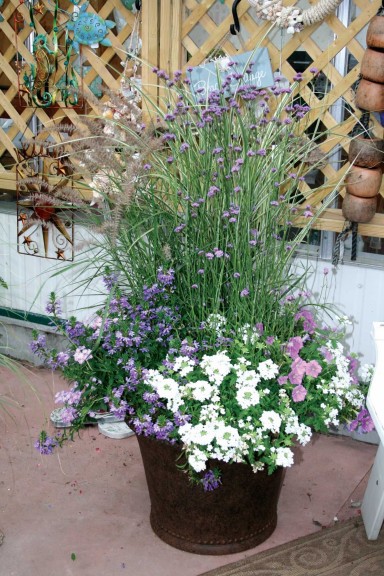
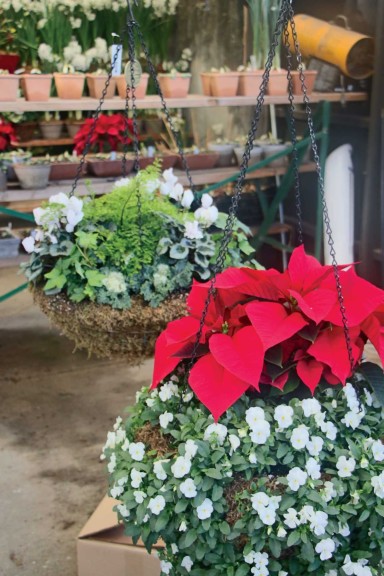
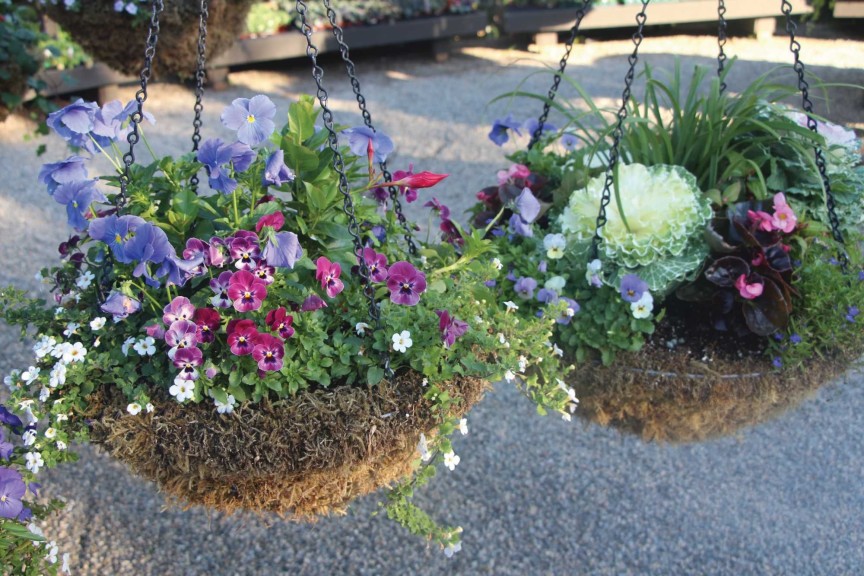
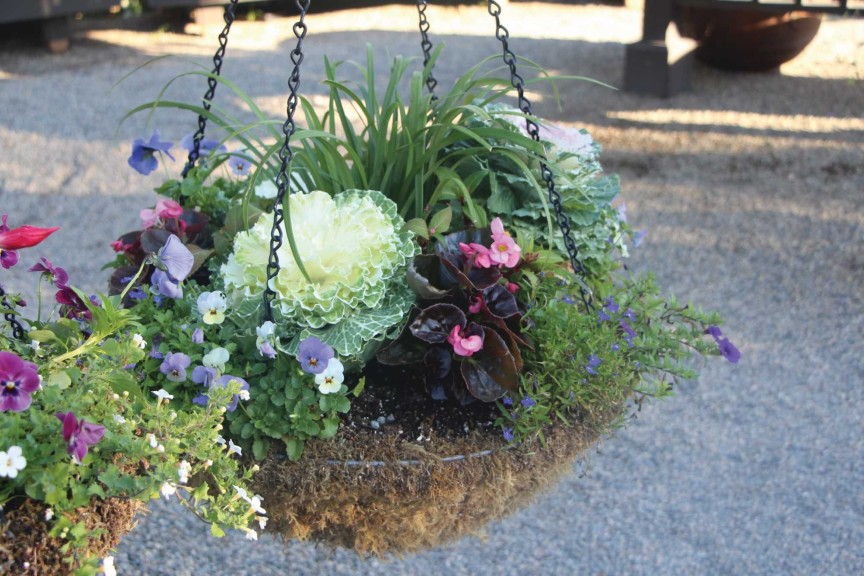
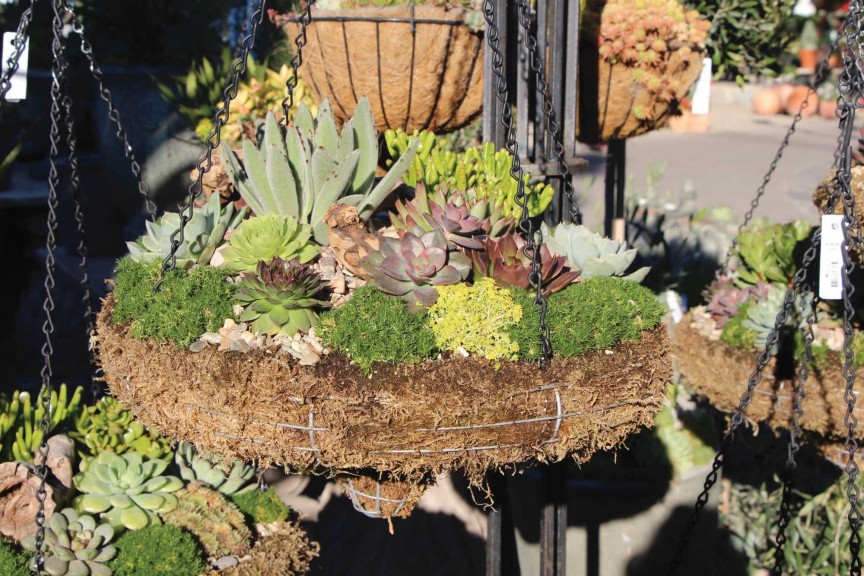
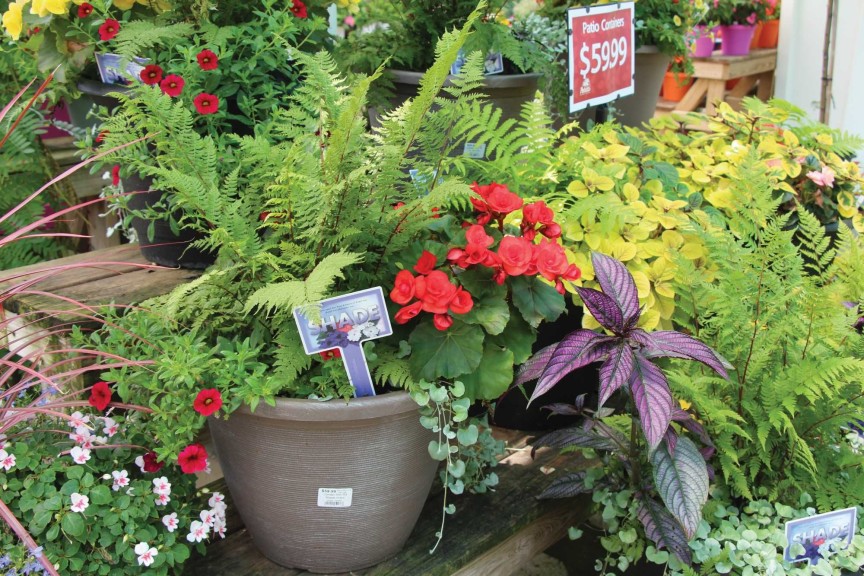
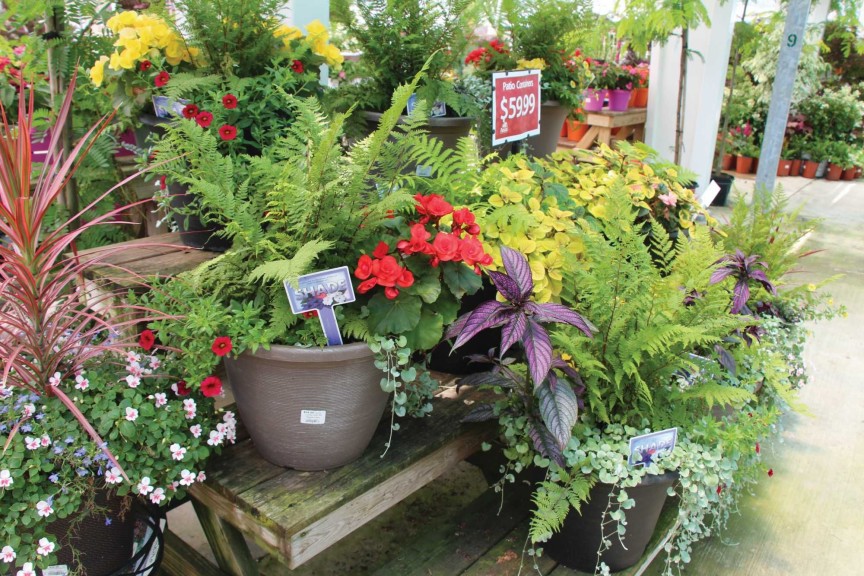
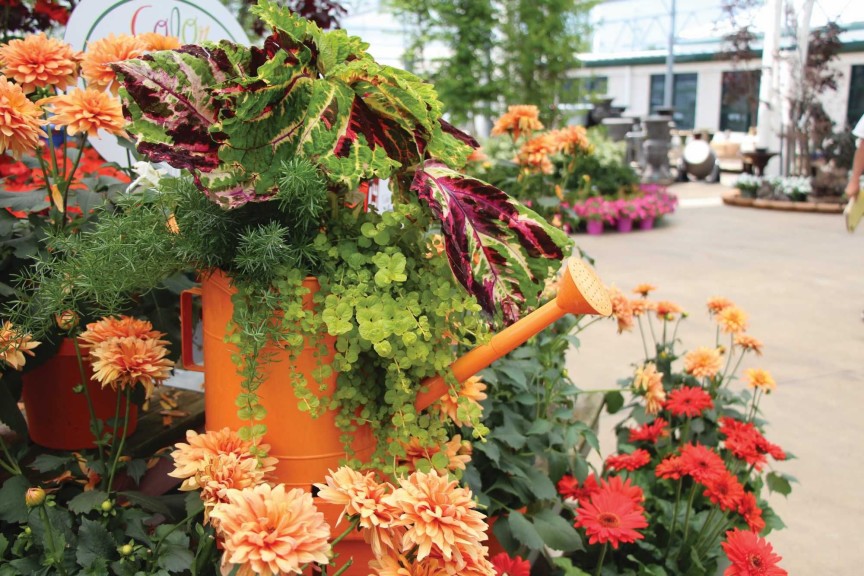
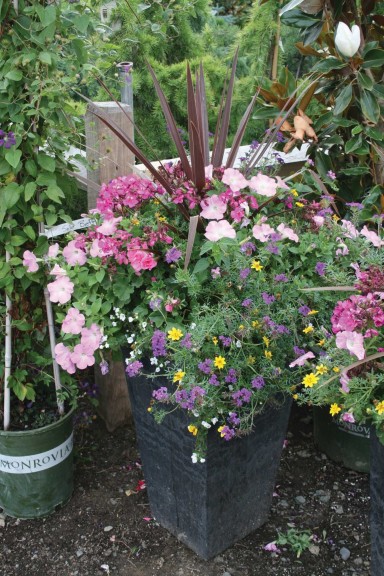
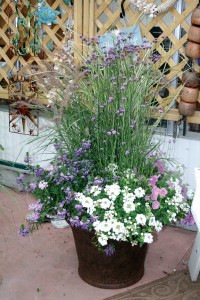
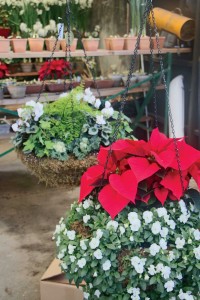
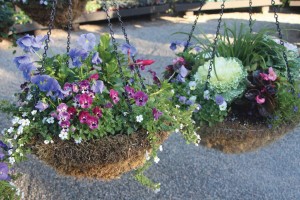
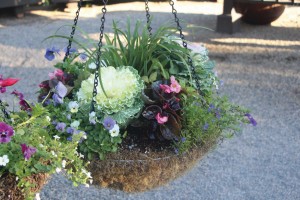
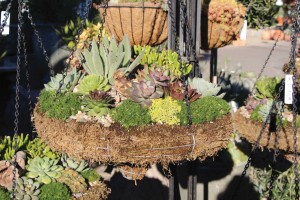
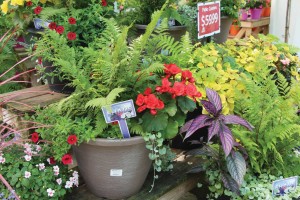

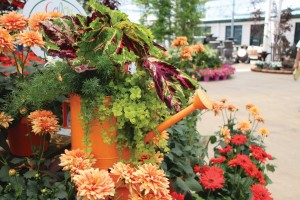
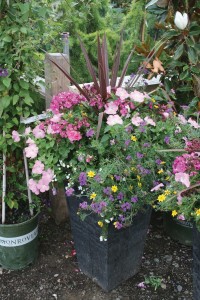






![Burpee Releases 2021 GardenCast Gardening Trends [Slideshow]](https://www.greenhousegrower.com/wp-content/uploads/2021/02/Viola_Johnny-Jump-Up-Feature-300x169.jpg)


